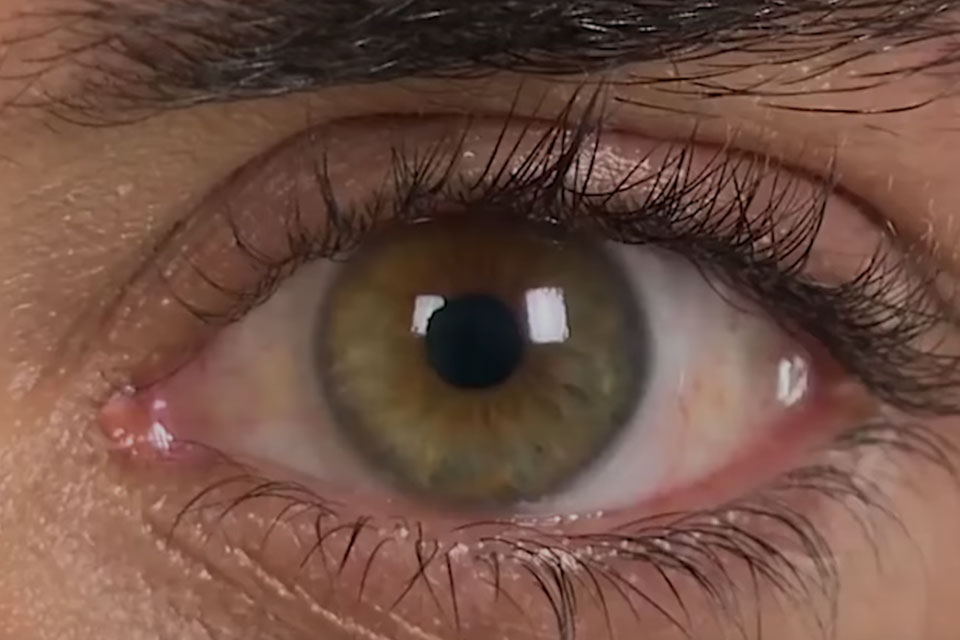

Those with spatial sequence synesthesia (SSS) tend to see ordinal sequences as points in space. Composers Franz Liszt and Nikolai Rimsky-Korsakov famously disagreed on the colors of musical keys. Individuals rarely agree on what color a given sound is. My favorite music has lines that extend horizontally beyond the 'screen' area." For Deni Simon, music produces waving lines "like oscilloscope configurations – lines moving in color, often metallic with height, width, and, most importantly, depth. Some individuals see music on a "screen" in front of their faces. Sound often changes the perceived hue, brightness, scintillation, and directional movement. The colors triggered by certain sounds, and any other synesthetic visual experiences, are referred to as photisms.Īccording to Richard Cytowic, chromesthesia is "something like fireworks": voice, music, and assorted environmental sounds such as clattering dishes or dog barks trigger color and firework shapes that arise, move around, and then fade when the sound ends. People with synesthesia related to music may also have perfect pitch because their ability to see and hear colors aids them in identifying notes or keys. For others, colors are triggered when musical notes or keys are being played. For some, everyday sounds can trigger seeing colors. While nearly every logically possible combination of experiences can occur, several types are more common than others.Īnother common form of synesthesia is the association of sounds with colors. Similarly, when synesthetes see colors and movement as a result of hearing musical tones, it would be indicated as tone → (color, movement) synesthesia. For example, perceiving letters and numbers (collectively called graphemes) as colored would be indicated as grapheme-color synesthesia. Types of synesthesia are indicated by using the notation x → y, where x is the "inducer" or trigger experience, and y is the "concurrent" or additional experience. Synesthesia can occur between nearly any two senses or perceptual modes, and at least one synesthete, Solomon Shereshevsky, experienced synesthesia that linked all five senses. associative synesthesia: feeling a very strong and involuntary connection between the stimulus and the sense that it triggersįor example, in chromesthesia (sound to color), a projector may hear a trumpet, and see an orange triangle in space, while an associator might hear a trumpet, and think very strongly that it sounds "orange".

projective synesthesia: seeing colors, forms, or shapes when stimulated (the widely understood version of synesthesia).There are two overall forms of synesthesia:

The term is from the Ancient Greek σύν syn, 'together', and αἴσθησις aisthēsis, ' sensation'. The first medical account came from German physician Georg Tobias Ludwig Sachs in 1812. However, there is disagreement as to whether Locke described an actual instance of synesthesia or was using a metaphor. The earliest recorded case of synesthesia is attributed to the Oxford University academic and philosopher John Locke, who, in 1690, made a report about a blind man who said he experienced the color scarlet when he heard the sound of a trumpet. These are usually the first abstract concepts that educational systems require children to learn. This hypothesis-referred to as semantic vacuum hypothesis-could explain why the most common forms of synesthesia are grapheme-color, spatial sequence, and number form. It has been suggested that synesthesia develops during childhood when children are intensively engaged with abstract concepts for the first time. Little is known about how synesthesia develops. Synesthetic associations can occur in any combination and any number of senses or cognitive pathways. In spatial-sequence, or number form synesthesia, numbers, months of the year, or days of the week elicit precise locations in space ( e.g., 1980 may be "farther away" than 1990), or may appear as a three-dimensional map (clockwise or counterclockwise).

In one common form of synesthesia, known as grapheme–color synesthesia or color–graphemic synesthesia, letters or numbers are perceived as inherently colored. Awareness of synesthetic perceptions varies from person to person. People who report a lifelong history of such experiences are known as synesthetes. Synesthesia ( American English) or synaesthesia ( British English) is a perceptual phenomenon in which stimulation of one sensory or cognitive pathway leads to involuntary experiences in a second sensory or cognitive pathway. Most synesthetes see characters just as others do (in whichever color actually displayed) but may simultaneously perceive colors as associated with or evoked by each one. How someone with synesthesia might perceive certain letters and numbers.


 0 kommentar(er)
0 kommentar(er)
